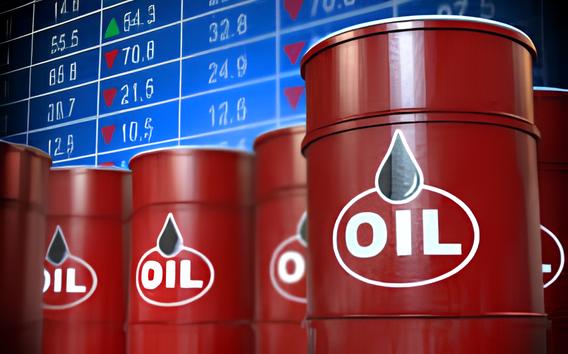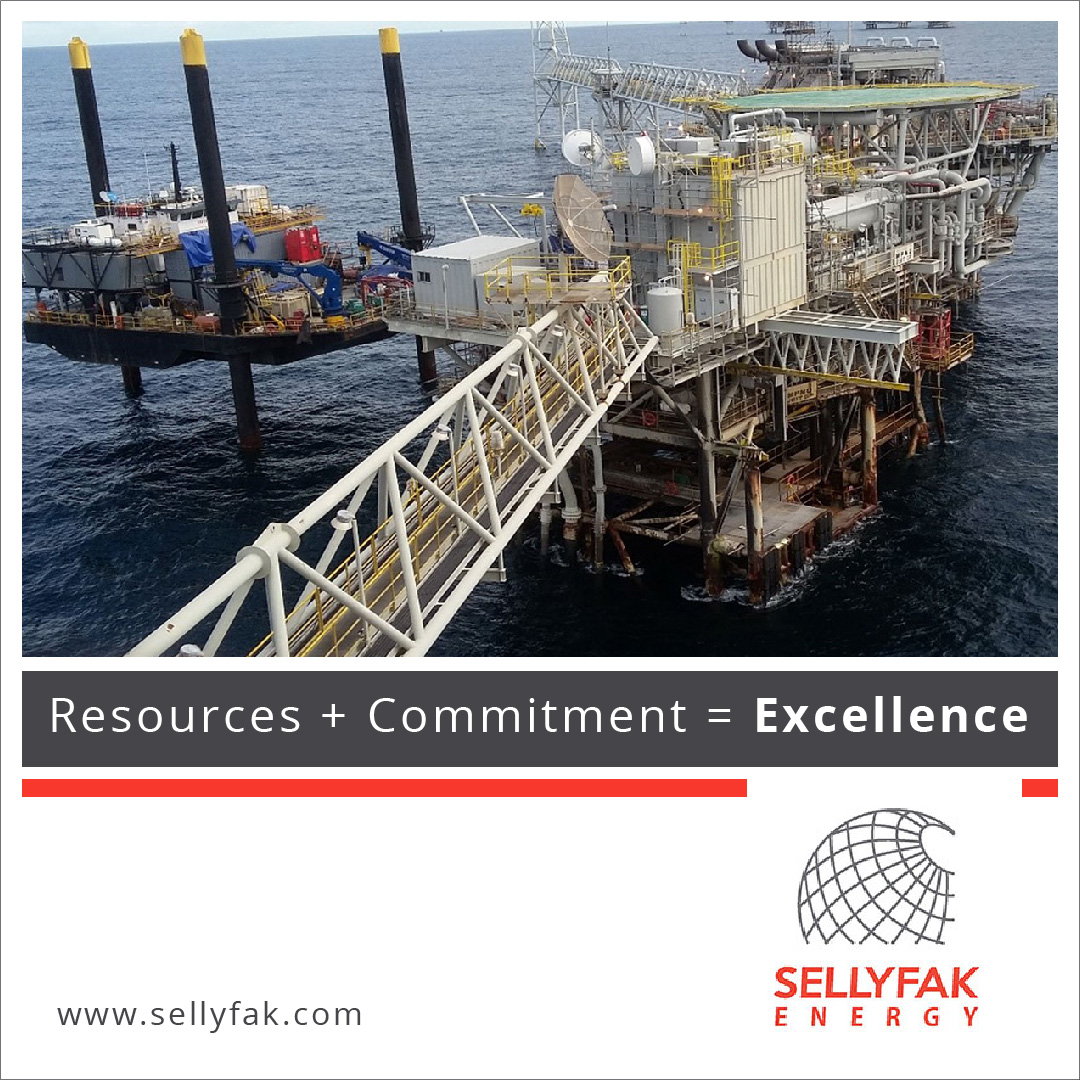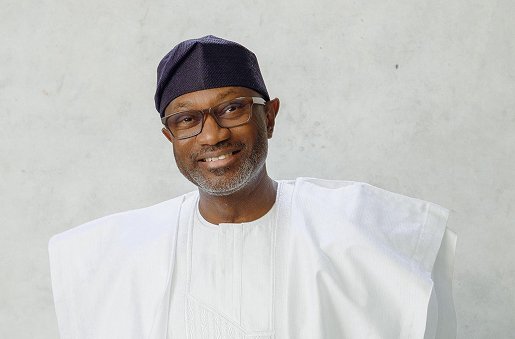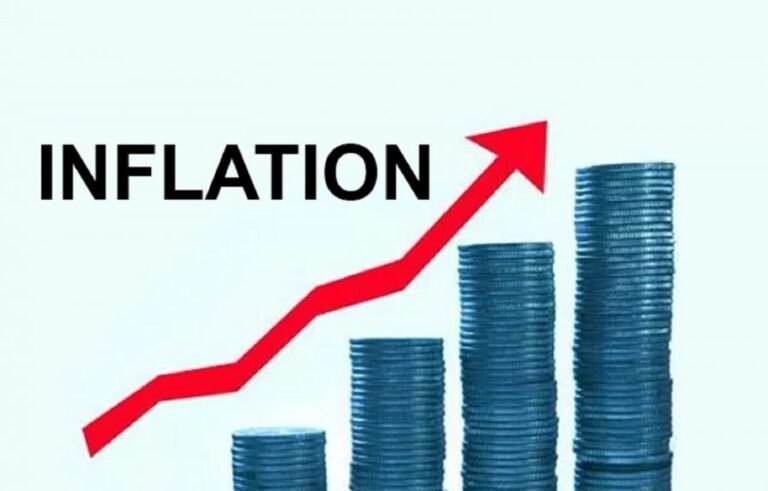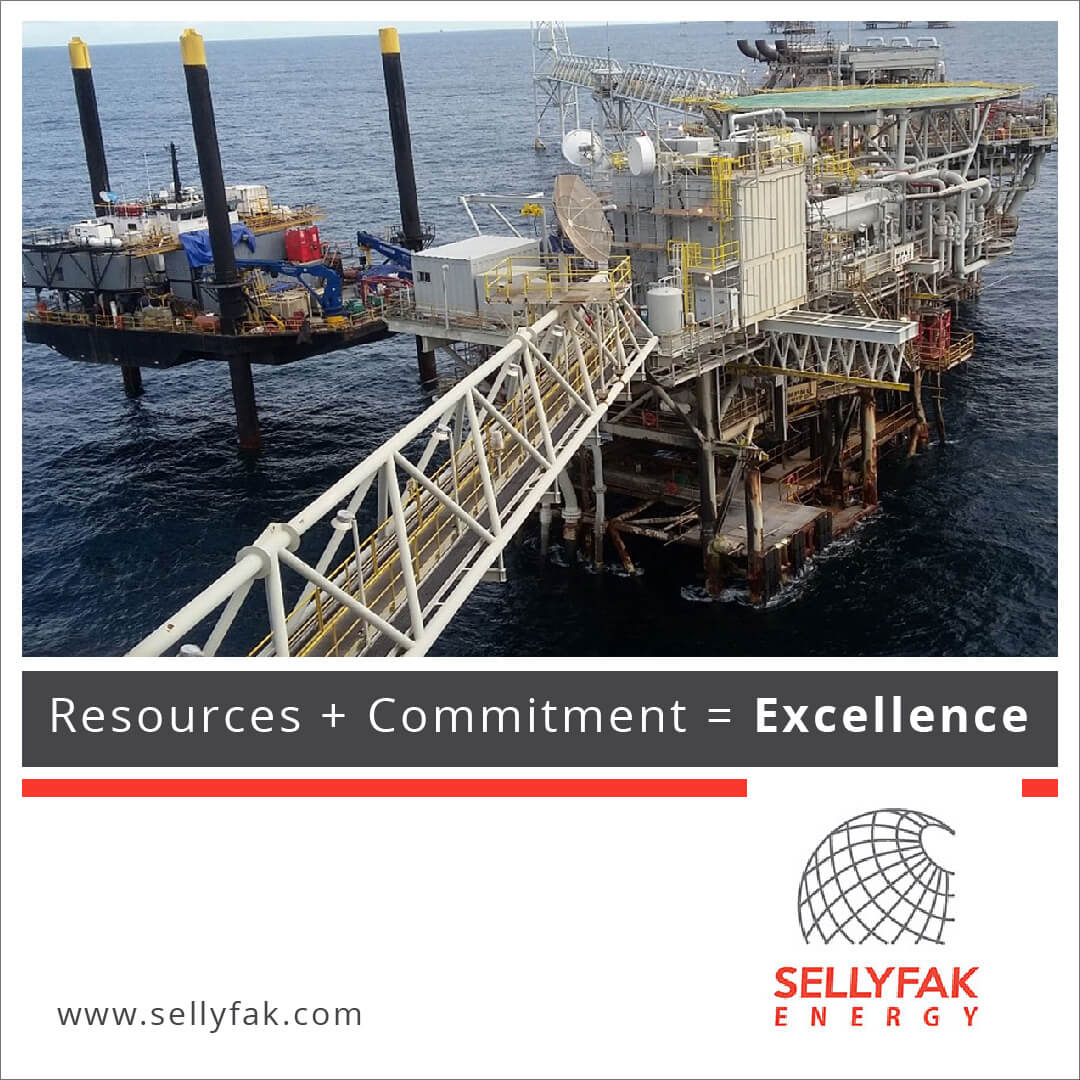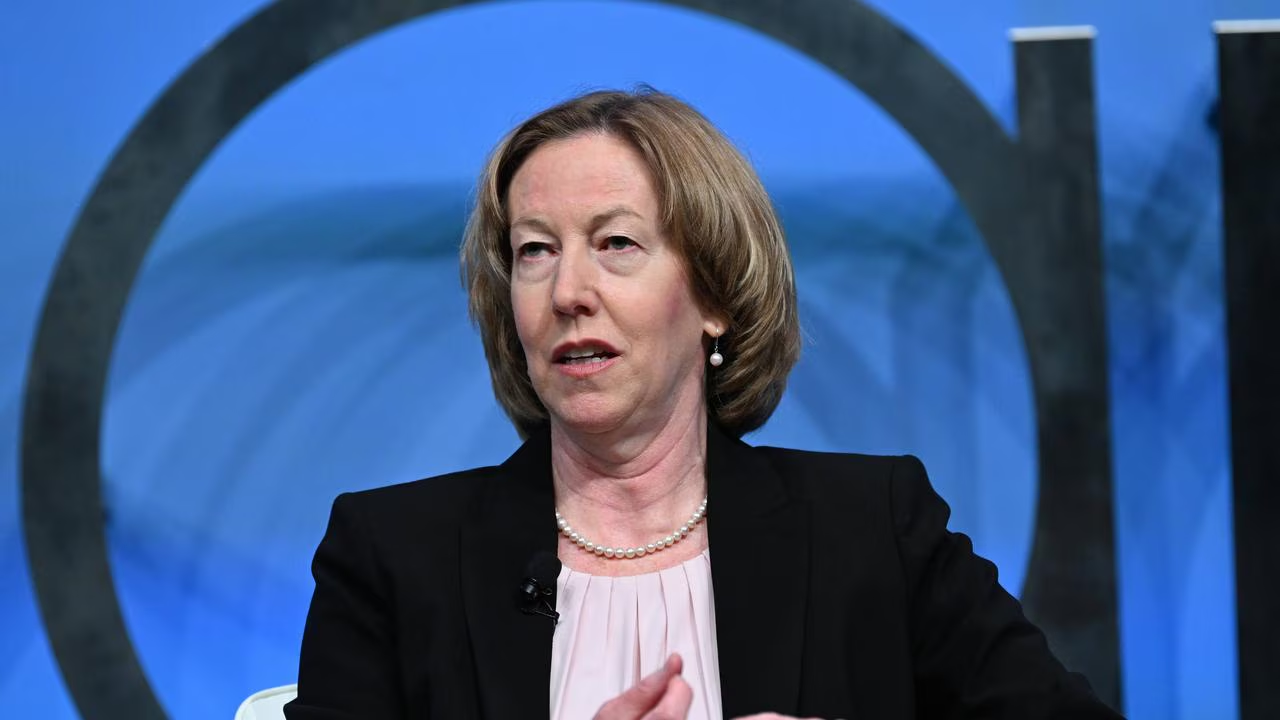Nigeria, Africa’s largest oil producer, faces a daunting economic challenge as global oil prices plummet. Brent Crude stands at $63.86 per barrel and West Texas Intermediate (WTI) at $59.58, far below Nigeria’s 2025 budget benchmark of $75.
In exclusive Arise News interviews, Arnold Dublin-Green, Chief Investment Officer at Cordros Asset Management, and Kelvin Emmanuel, an oil and gas analyst, dissect the fallout.
Their insights paint a stark picture: declining oil revenues threaten Nigeria’s budget, foreign exchange (FX) reserves, and the naira’s stability. With oil prices potentially dipping to $50-$55 by 2026, the stakes couldn’t be higher.
Also Read:
- Oil Prices Decline as Tensions Ease Over Israeli Threats to Iranian Oil Facilities
- Oil Prices Recover on Positive Chinese Manufacturing Data — What It Means for the Naira
- Nigeria's Oil Production Rises by 14% in 2024 but Falls Short of Targets Amidst Industry…
- OPEC+ Stands Firm Against Trump's Pressure for Lower Oil Prices
Effects on Nigeria’s Budget and FX Reserves
Declining oil prices are delivering a harsh blow to Nigeria’s economy. Arnold Dublin-Green warns that this drop will put pressure on Nigeria’s Revenue and FX reserves, as oil accounts for 68-70% of Nigeria’s foreign exchange (FX) earnings, despite contributing just 5% to GDP. The shortfall in revenue directly threatens the government’s ability to execute its budget, as well as the stability of its reserves.
With less foreign currency flowing in, the naira faces mounting pressure. Dublin-Green cautions, “you might also see some weakness in the Naira as well,” signaling potential depreciation that could inflate import costs and strain the economy further. This underscores Nigeria’s vulnerability to dynamic changes in the global oil market, as an oil-dependent nation.
How Nigeria Can Mitigate Against Lower Oil Prices
With oil prices projected to hover around $55 per barrel in 2025, Nigeria must act decisively. Oil and gas analyst Kelvin Emmanuel advocates reducing the cost of crude oil production as a key mitigation strategy.
He highlights Nigeria’s high unit cost ranging from $36 to $48 per barrel, compared to Saudi Arabia’s $9-$12 or Libya’s $20 rates. “The way to manage it is to ensure that your unit cost of production per barrel is low,” Emmanuel asserts, noting that this cushions the impact of global price drops.
However, challenges abound. Emmanuel points to systemic issues: “Nigeria does not know how much crude oil comes to the subsurface due to the absence of well-head metering systems and supply chain integrity”. High contracting costs and reliance on alternative evacuation routes like barges further inflate expenses. He urges the government to “do the heavy lifting and deleverage the factors that contribute to having a high unit cost of production,” a critical step to bolster resilience against an oil price decline.
Implications for the Economy and Nigerians
The broader fallout from weaker oil prices cuts both ways for Nigeria’s economy and its citizens. On one hand, Emmanuel predicts relief at the pump: “If crude oil prices stay under $65 a barrel, I expect that in the coming weeks you’ll see… a reduction in the recommended retail price of PMS.” This aligns with recent price cuts by Dangote Refinery and NNPC, offering a silver lining for fuel-dependent Nigerians.
Yet, the budget bears the brunt, with reduced FX earnings jeopardizing fiscal stability. Emmanuel warns that without sufficient FX, “it’s going to be difficult for the CBN to ensure that the exchange rate stays stable”, potentially eroding purchasing power as the naira weakens.
For the average Nigerian, cheaper fuel may be overshadowed by rising costs of imported goods, weak naira. Highlighting the dual-edged nature of this crisis.
Oil Price Forecast for 2025
Experts foresee prolonged low oil prices, with Goldman Sachs slashing its forecast to $58 per barrel by 2026.
Emmanuel aligns with this, projecting a stabilization at “$50 to $55 a barrel,” and only foresees a price increase driven by geopolitical tensions and market dynamics. He doubts a plunge to $40, and rules out an $80-$100 oil until late 2025 absent of a major geopolitical shock. For Nigeria, this prolonged slump threatens the 2025 budget benchmark, amplifying economic strain through to 2026.
Dublin-Green echoes the pessimism, noting that “global tariffs put a lot of pressure on global demand,” dimming hopes of a rebound to $70 by year-end.
Repercussions of Trump’s Tariffs
Donald Trump’s tariffs loom large over crude oil markets, potentially exacerbating Nigeria’s woes. Emmanuel explains, “If tariff is making it not economically viable to move crude oil feedstock around the world, what happens is that there is production and then there is a glut of supply.” This oversupply could depress prices further.
The tariffs also threaten U.S. shale production, where higher costs could force cutbacks, reducing associated gas and LNG output. Emmanuel notes this could disrupt global supply chains, leaving producing nations like Nigeria grappling with excess crude and limited buyers. Without intervention from bodies like the WTO, this tariff-driven impasse could deepen the oil price decline.
Nigeria Has to Borrow More
With a $20-plus gap between the $75 budget benchmark and projected $50-$55 oil prices, borrowing emerges as a likely recourse. Dublin-Green starkly states, “We just have to find another way to now raise money, which increases debts.”
This aligns with Emmanuel’s concern that lower prices could undermine Nigeria’s “foresale strike price” due to NNPC’s forward sales of crude oil for debt repayment, necessitating loans to plug revenue shortfalls.
Rising debt could spike yields and strain fiscal sustainability, especially with FX reserves under pressure. For Nigeria, borrowing more may be unavoidable in 2025, but it’s a stopgap that demands careful management to avert a deeper economic crisis.


